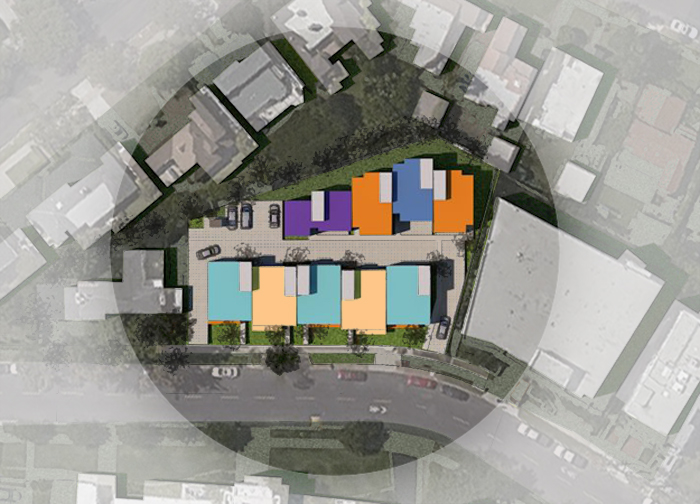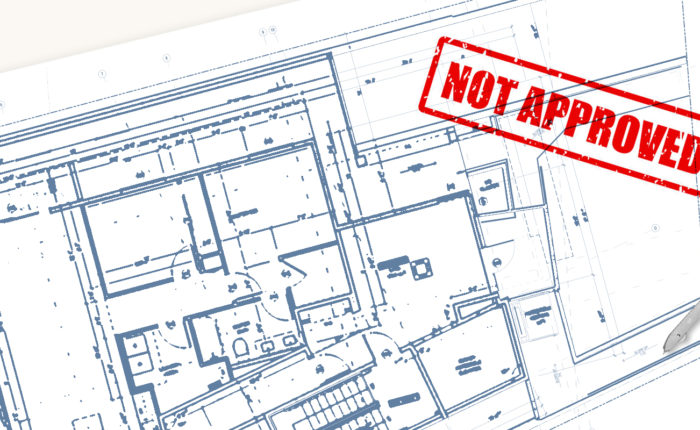We recently presented our project at a Design Review Board and got stuck between requirements of a Specific Plan and concerns of an abutting neighbor… let’s call him Bob. Bob’s concern, which he voiced at the meeting, “This project is contributing to the butterfly shortage.” As it turns out, Bob is the neighbor to the rear and has an existing wall on his single-family zoned lot. There is a significant amount of landscape and hedges on our side of that wall. Bob was not opposing the project but rather requesting that we keep that existing line of hedges along his wall to maintain the barrier of greenery and privacy currently present.
Completely do-able, right? Unfortunately, even though there is a wall on his property, we are required by the specific plan to provide a new “eight-foot-tall solid masonry wall” along the rear of our property. Digging the footing for the wall will effectively remove all that nice foliage.
In addition to Bob’s concern about removing the hedges, isn’t it counterproductive to build a wall right next to a wall that is already present? Supporters of these guidelines usually err on the side of “What if…?”. What if Bob tears down his wall? Then this multi-family lot will be open to the wilderness of a single family house (insert gasp). We don’t want that!
What are Design Review Boards?
Design Review Boards are put in place to protect local residents and neighbors. The board members are implementers of a Specific Plan wherein they review projects for compliance with a specific set of guidelines to maintain privacy and encourage positive, well-designed projects in the neighborhood.
Unfortunately, this is an exact situation where the zoning or specific plans attached to these lots are no longer serving the needs and desires of the residents as well as they could be. This plan in particular was created in 1988! Can you imagine the changes in neighborhoods, technology, and construction over the last 30 years? It’s no wonder some of the guidelines that were completely appropriate in 1988 are no longer suitable for new projects.
Newer ordinances have addressed this exact concern, where the language will specifically state a new wall or fence shall be constructed where there is not one already existing. This seems like a completely appropriate solution for our project and could have saved the existing foliage along that rear property line. However, we are subject to our current Specific Plan as it stands.
What can you do?
It takes a village, but these guidelines are being enforced because the City believes these are the items you, as a homeowner and neighbor, want to see implemented in new projects. If this is not the case, the guidelines need to be revised! If City Planning doesn’t know residents are unhappy with the guidelines, how will they know they need to be addressed? Here are some ways to voice concerns:
- Talk to your neighbors to see if they agree – the more people expressing the desire for change, the better the opportunity for change
- Speak with your local Council Office and discuss your concerns; find your councilmember through this website: http://neighborhoodinfo.lacity.org/
- Submit notes of concern to City Planning: email Director of Planning, Vince Bertoni (vince.bertoni@lacity.org) or Executive Planning Officer, Kevin Keller (kevin.keller@org)
- Attend your neighborhood council and voice your concerns; find your neighborhood council, along with information on when/where they meet at http://neighborhoodinfo.lacity.org/
- Attend the specific plan or design review board meetings and voice your concern about the guidelines.
In summary, Butterflies don’t have to become scare. Butterflies, money and wasted effort can be saved by changing and updating existing city planning guidelines. You can help!



